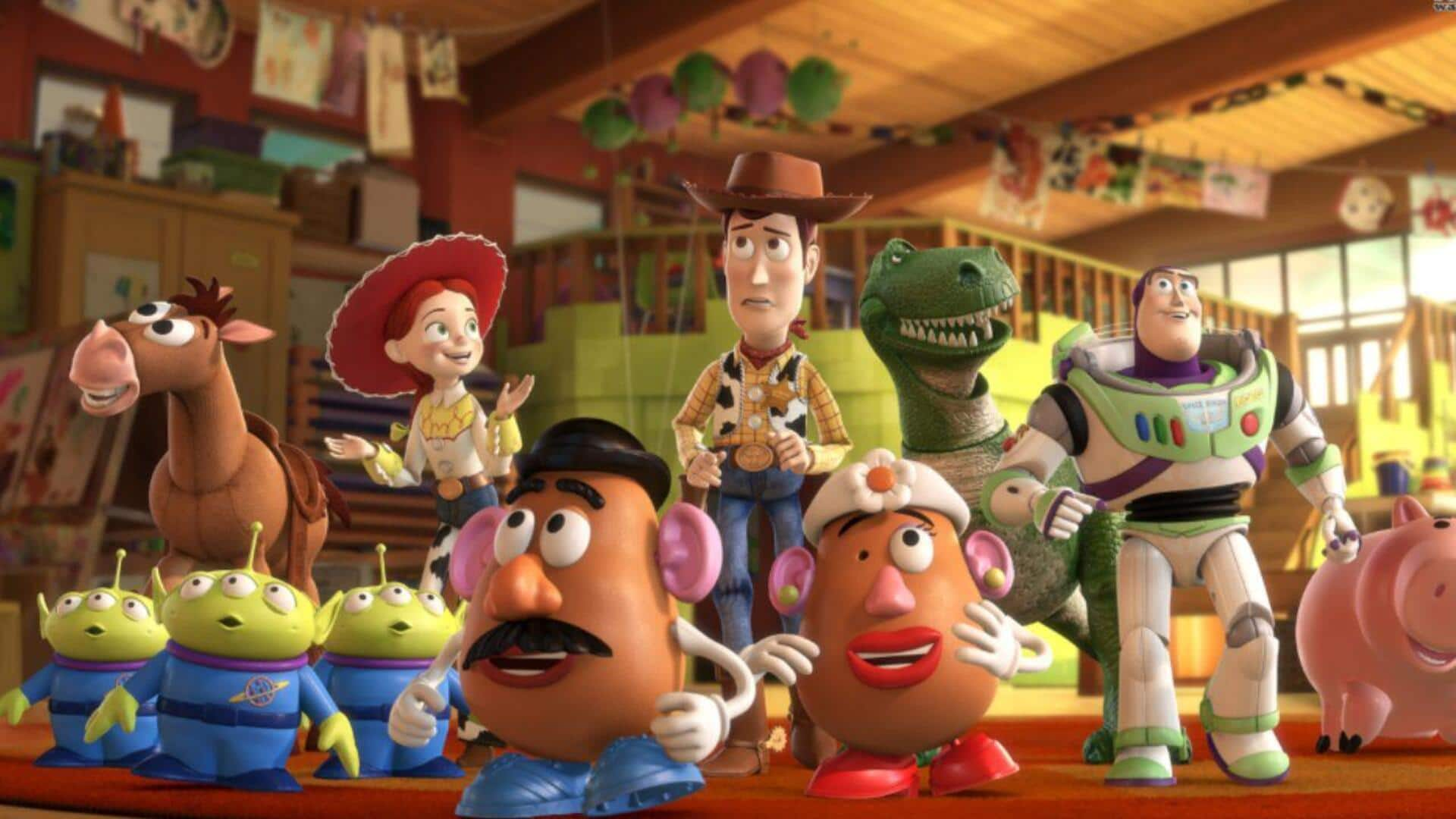
Inside Pixar's shift from CGI magic to emotional depth
What's the story
Pixar Animation Studios has redefined storytelling in US cinema. From the days of its invention to pushing the boundaries of what animation can really do, Pixar has always been innovative. From Toy Story to Inside Out, Pixar has mastered the art of storytelling, but it has evolved over the years, focusing on emotional depth and complex characters. Here's how.
Drive 1
'Toy Story' and the birth of a new era
Toy Story, which was released in 1995, changed the game for animated films. It was the first-ever feature-length movie made completely from computer-generated imagery (CGI). But more than its technical prowess, Toy Story showed audiences a new standard of character development and emotional investment. Its success established that animated films could entertain kids and adults alike by exploring universal themes of friendship and identity.
Drive 2
Emotional depth in 'Finding Nemo'
In 2003, Finding Nemo proved Pixar's knack for weaving emotional depth into its narratives. The story follows Marlin, a clownfish, on the lookout for his lost son, Nemo. Through the journey, themes of loss, fear, and parental love are explored sensitively. The film resonated with audiences worldwide owing to its relatable characters and heartfelt storyline. This approach paved the way for future animated films, hoping to strike a balance between humor and poignant moments.
Drive 3
Complex characters in 'Inside Out'
Released in 2015, Inside Out was the perfect example of Pixar's dedication to creating complex characters in a layered story. The movie explored the emotions inside an 11-year-old girl's mind as she struggles with life's challenges after moving cities. By giving emotions like Joy and Sadness a character of their own, Pixar gave viewers an interesting insight into human psychology, while not compromising on an engaging plotline for all ages.
Drive 4
Cultural representation in 'Coco'
Released in 2017, Coco was Pixar's first step into cultural representation. The movie, set during Mexico's Day of the Dead, tells young Miguel's story as he travels into the roots of his family. Praised for its visuals and authentic representation of Mexican traditions, Coco highlighted the need for diversity and inclusion in cinema, avoiding stereotypes.